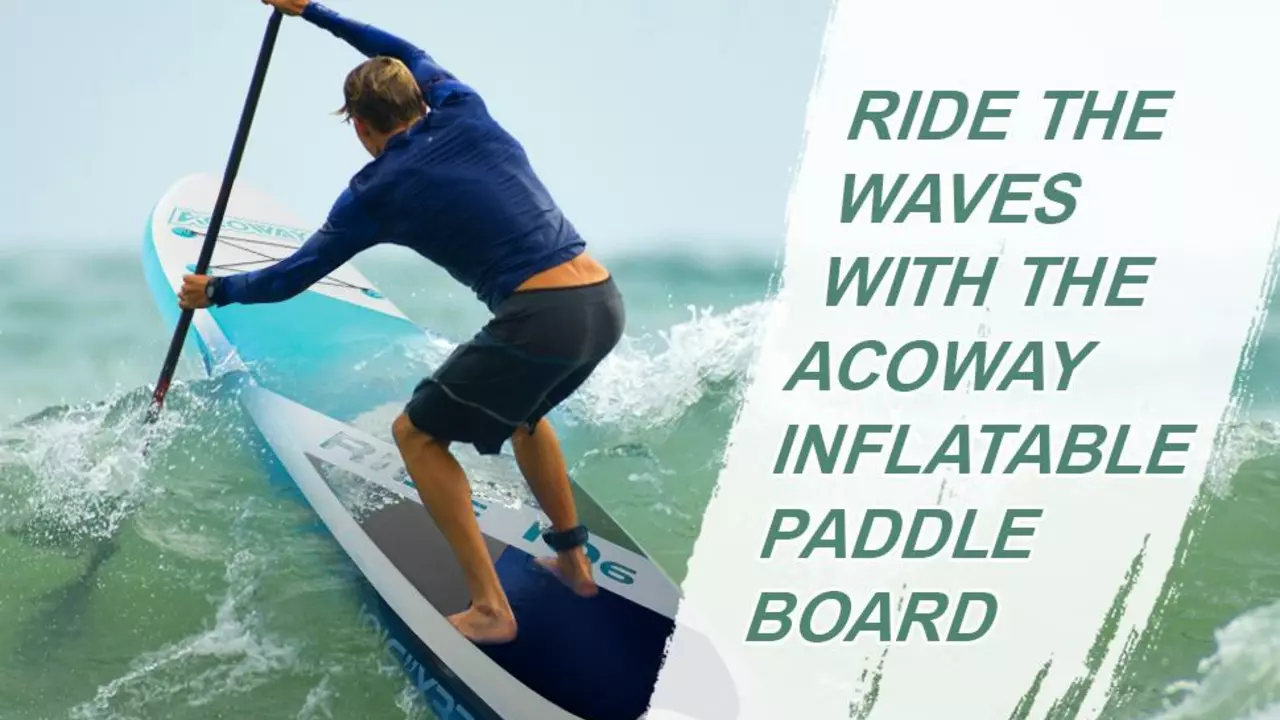Building a Paddle Board from Scratch – Simple DIY Guide
Ever thought about making your own paddle board? It’s cheaper than buying a brand‑new one and you get to pick the shape, length, and feel. You’ll end up with a board that fits your style and a story you’ll love sharing.
Building a board also means you understand how it works, so you can repair it yourself later. The process sounds big, but break it down into small steps and it’s totally doable with a weekend of effort.
Materials and Tools You Need
First, gather the basics. Foam core (EPS or XPS) is the lightest option for the board’s body. Fiberglass cloth and resin give it strength and water resistance. You’ll also need a sturdy plank for the deck and bottom, a sandpaper set, and marine‑grade paint for the finish.
Tools are simple: a handsaw or jigsaw for cutting foam, a drill, a roller for resin, clamps, and safety gear like gloves and a mask. If you have a router, you can shape the rail more precisely, but it’s not a must.
Step‑by‑Step Build Process
1. Design your board. Choose length (usually 10‑12 ft for beginners) and width (around 30‑32 in). Sketch the outline on paper, then transfer it onto the foam sheet. Use a template if you find one online to save time.
2. Cut the foam core. Follow your outline with a jigsaw, keeping the cuts smooth. Trim any excess bits and sand the edges so they match the shape you want.
3. Add stringers. Cut thin strips of wood or carbon fiber and glue them inside the foam along the length. They act like the board’s spine, preventing flex under pressure.
4. Apply fiberglass. Lay the cloth over the foam, then pour mixed resin with a roller. Work quickly to avoid bubbles. Once it cures, repeat on the other side for a double‑layer finish.
5. Sand and seal. After the resin hardens, sand the surface smooth. Apply a marine sealant to protect against water ingress, then sand again lightly for a glossy finish.
6. Paint and graphics. Choose a marine‑grade paint in your favorite color. Add simple graphics with tape or stencils if you like. Let everything cure fully before the first launch.
Here are a couple of quick tips: work in a well‑ventilated area when handling resin, and use a level surface to keep the board flat while it cures. Also, don’t rush the sand‑and‑seal steps – a smooth finish reduces drag and makes your board faster.
When the board is ready, attach a fin, a leash, and a paddle that matches the board’s width. Test it in calm water first, then head to bigger waves as you gain confidence. Building your own paddle board is rewarding, saves money, and gives you a custom ride that’s truly yours.
How to build a paddle board?
Building a paddle board is a rewarding process that requires some woodworking skills and patience. The first step is to select the right materials, typically lightweight, durable wood. Then, you need to cut and shape the wood in the desired paddle board design, taking care to ensure stability and buoyancy. The board is then assembled using strong adhesive and screws if necessary. Lastly, it's important to seal the board with a waterproof finish to protect it from water damage.
